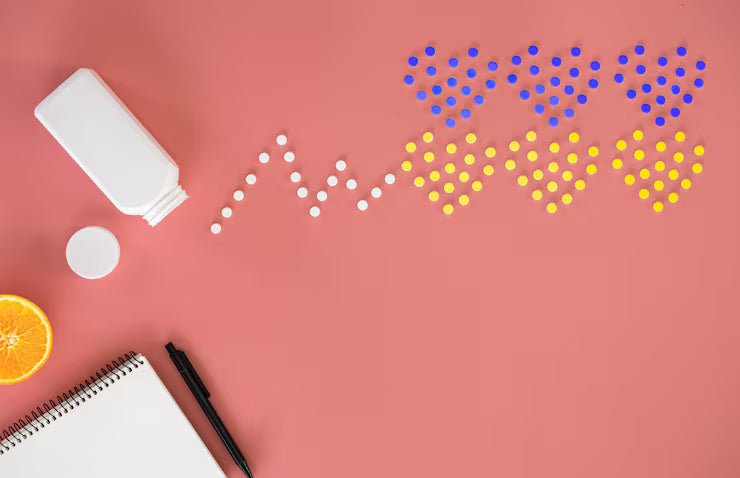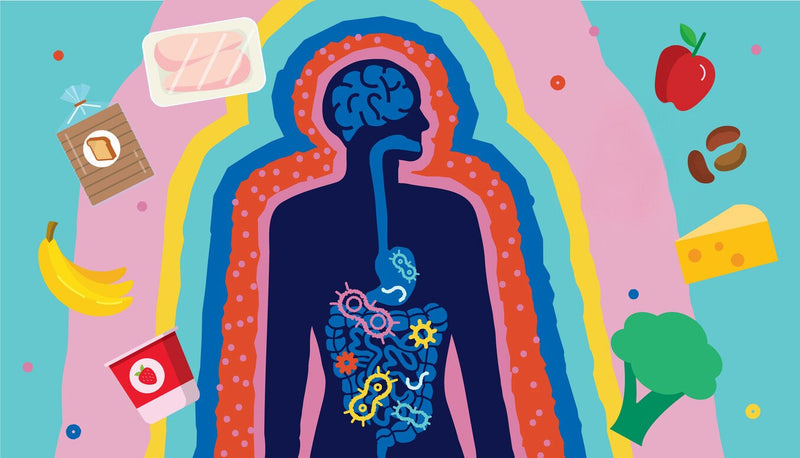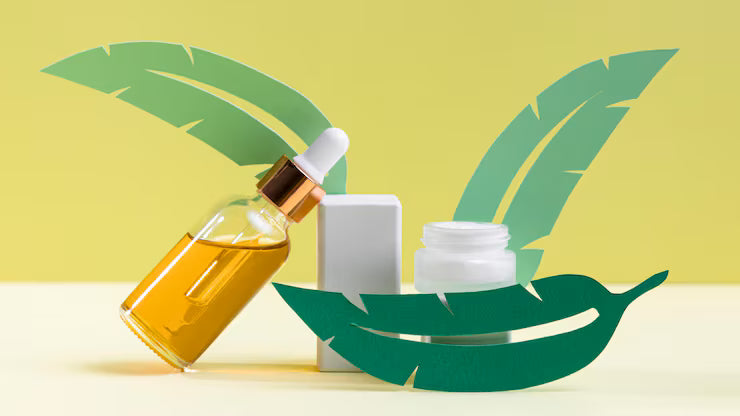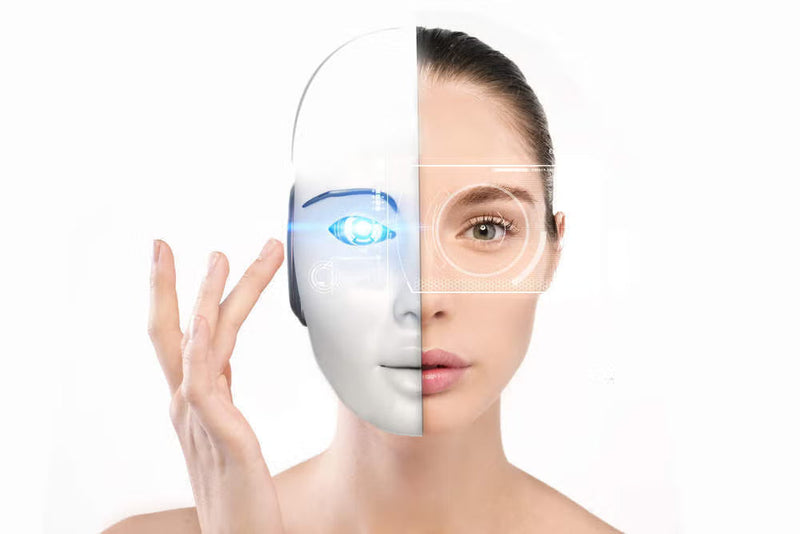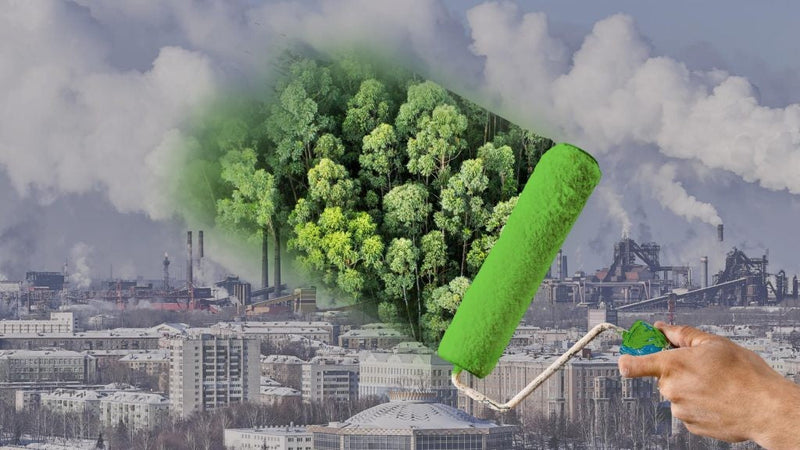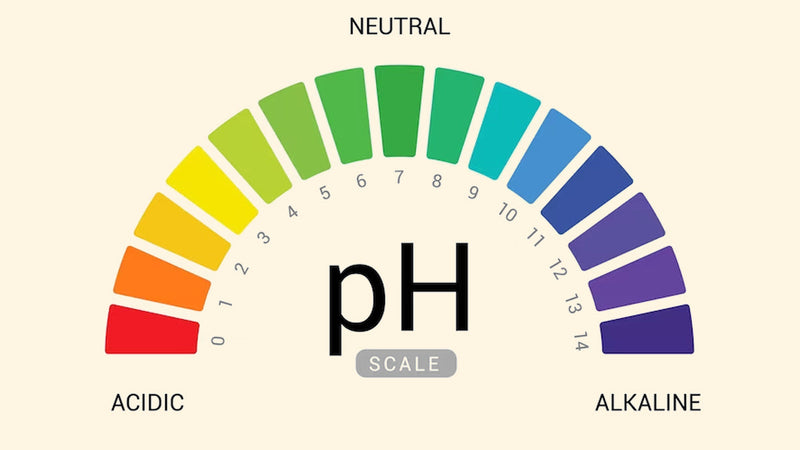

How to Read Cosmetic Ingredient Labels Like a Pro (And Avoid Greenwashing)
The beauty industry is booming—with “clean,” “natural,” and “eco-friendly” claims on nearly every product. But not all labels tell the truth. Many brands engage in greenwashing: using misleading language, earthy packaging, or vague terms to appear sustainable or safe—without real proof.
In 2025, the Clean Beauty movement is shifting from marketing hype to radical transparency. The most empowered consumers aren’t swayed by buzzwords—they read ingredient labels like experts. In this guide, you’ll learn how to decode cosmetic labels, spot hidden toxins, and avoid greenwashing traps—so you can choose products that are truly safe for your skin and the planet.
Why Ingredient Labels Matter More Than Ever
Your skin absorbs up to 60% of what you put on it. Every product label is a legal document that lists every ingredient—by concentration, from highest to lowest—using standardized INCI (International Nomenclature of Cosmetic Ingredients) names.
Ignoring this list means trusting marketing over science. But when you understand it, you take control. You’ll know if “natural” really means plant-derived—or just clever packaging. Brands like EPSINIA Labs embrace full disclosure, listing every ingredient clearly and backing claims with third-party testing. That’s the hallmark of true clean beauty.
Decoding Common (But Misleading) Label Terms
Many terms sound scientific or reassuring—but lack legal definitions. Here’s what they actually mean:
- “Natural”: Not regulated. A product can be 1% plant-based and still claim “natural.”
- “Organic”: Only meaningful if certified (e.g., USDA Organic, COSMOS). Otherwise, it’s just a marketing word.
- “Hypoallergenic”: Suggests lower allergy risk—but no standardized testing required.
- “Dermatologist-Tested”: May mean one dermatologist tried it once. Doesn’t guarantee safety or efficacy.
- “Clean”: Completely unregulated. Any brand can use it.
Real transparency means providing proof—not just promises.
How to Spot Truly Natural Products
Genuine natural brands prioritize simplicity and clarity. Watch for these signs:
- Short ingredient list (under 20 items)
- Ingredients you can pronounce and recognize (e.g., “aloe barbadensis leaf juice,” not “propylene glycol”)
- Full disclosure of essential oils or plant extracts—not hidden under “fragrance”
- Third-party test reports or sourcing information
By contrast, greenwashed products often feature long, complex lists filled with synthetic preservatives, silicones, and undisclosed “fragrance” blends—despite earth-toned packaging and leafy logos.
Understand Ingredient Order: It’s a Legal Requirement
Cosmetic labels must list ingredients in descending order of concentration. The first 5–7 ingredients make up ~80% of the formula.
For example:
- If water (aqua) is first, it’s a water-based product.
- If alcohol denat. is in the top 3, it may be drying.
- If glycerin or hyaluronic acid appears early, expect hydration.
This rule helps you assess a product’s true composition—not just its marketing story.
Watch Out for Hidden Chemicals
The biggest red flag? The word “fragrance” or “parfum.”
Under U.S. law, companies can hide **hundreds of undisclosed chemicals**—including phthalates (endocrine disruptors)—under this single term. The same goes for “perfume,” “aroma,” or “essential oil blend” without full disclosure.
Truly transparent brands—like EPSINIA Labs—list every scent component individually (e.g., “lavandula angustifolia oil,” “citrus limon peel oil”) so you know exactly what you’re applying.
5 Signs of Greenwashing to Avoid
Don’t be fooled by aesthetics. Watch for these deceptive tactics:
- Vague claims: “Pure,” “eco,” “green,” or “toxin-free” with no evidence
- Missing certifications: No verifiable eco or safety seals
- Green packaging, dirty formula: Earthy colors but long lists of PEGs, sulfates, or parabens
- Ingredient list buried online: Not printed on the product or hard to find
- No sourcing info: Where are ingredients grown? How are they extracted?
Real clean beauty is specific, traceable, and accountable.
What to Avoid: The Toxic Ingredient Checklist
Scan labels for these common irritants and endocrine disruptors:
- Parabens (methylparaben, propylparaben): Preservatives linked to hormone disruption
- Sulfates (SLS, SLES): Harsh cleansers that strip natural oils
- Phthalates: Hidden in “fragrance”; linked to reproductive issues
- Formaldehyde releasers (DMDM hydantoin, quaternium-15): Carcinogenic preservatives
- Synthetic dyes (FD&C Red 40, etc.): Can cause sensitivity and inflammation
When in doubt, skip it. Your skin doesn’t need them.
How Transparent Brands Like EPSINIA Set the Standard
Leaders in clean beauty go beyond compliance. EPSINIA Labs exemplifies this with:
- Full INCI ingredient lists on every product
- No “fragrance” loopholes—every essential oil named
- Plant-based, biodegradable formulas
- Third-party safety and efficacy testing
- Ethical sourcing and sustainability reports
This level of honesty builds trust—and proves that clean beauty can be both effective and ethical.
Build Awareness, One Label at a Time
Reading labels isn’t just about avoiding harm—it’s about becoming an informed advocate for your health and the environment. Every purchase is a vote. When consumers demand transparency, the industry listens.
Start small: pick one product in your routine and decode its label. Ask: What’s really in this? Who made it? What proof do they offer? Over time, this habit transforms you from a passive shopper into a conscious beauty citizen.
Final Thoughts
In 2025, clean beauty isn’t a trend—it’s a responsibility. Greenwashing thrives in confusion, but knowledge is your shield. By learning to read ingredient labels like a pro, you protect your skin, support ethical innovation, and reject empty marketing.
Remember: true beauty is transparent. It doesn’t hide behind buzzwords. It speaks clearly, acts responsibly, and earns your trust—one honest ingredient at a time.











